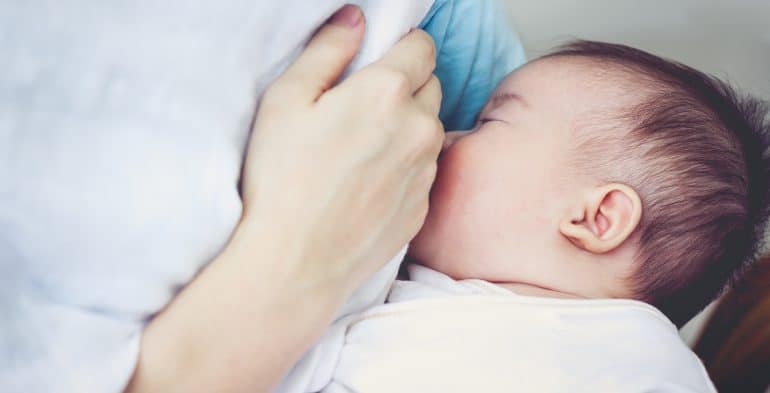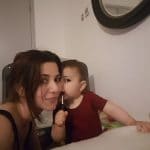
Nipple Soreness and Attachment
Nipple soreness often occurs when the baby is not attached well to the breast or positioned correctly. Make sure your baby’s jaws are deeply over your areola and about ½ inch behind the base of your nipple. Your nipple should be rounded and erect after the baby detaches.
Ways to Prevent Nipple Soreness
- If you feel pinching, rubbing or biting pain during the feeding, check the baby’s position and attachment.
- Air-dry your nipples by leaving your bra flaps down for a couple of minutes after a feeding.
- Express a small amount of colostrum or milk and spread it around the nipple and areola after air-drying.
- Avoid the use of soap, alcohol and extra water on the breast. Clean your breasts by allowing water to flow over them when showering.
If You Have Nipple Soreness
- Feed your baby more often for shorter periods of time.
- Do not allow your baby to become too hungry.
- Do not use an artificial nipple shield over the breast for feeding. They can cause damage to your nipple and interfere with milk flow.
- Use a purified lanolin product or gel pad to heal cracked or open areas.
- Begin feeding on the least sore nipple. Be sure to break suction carefully by sliding your finger inside your baby’s mouth.
- If it remains painful when your baby first latches on, remove your baby and try again.
- A fast deep latch will put your baby’s jaws behind the nipple and tender areas.
Soreness is just one of a number of breastfeeding problems that you can easily remedy with care.







